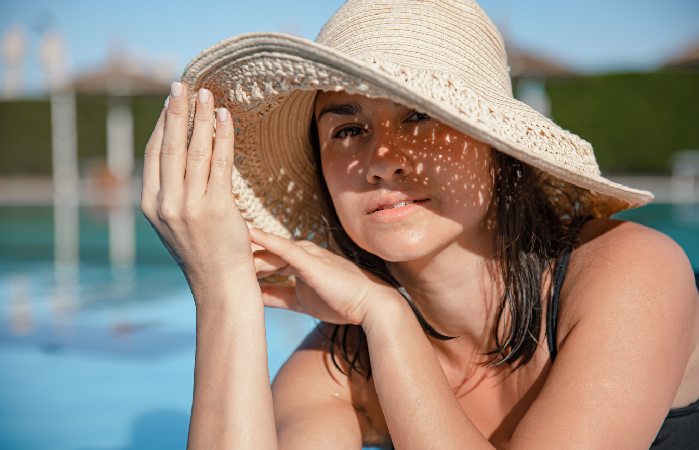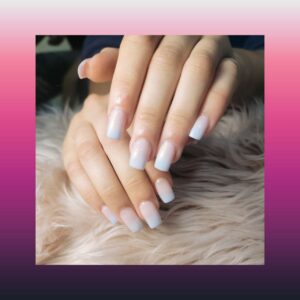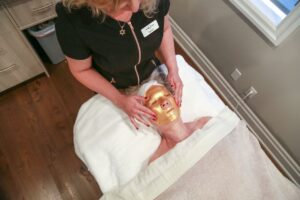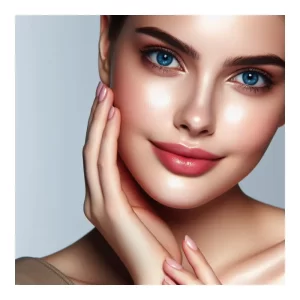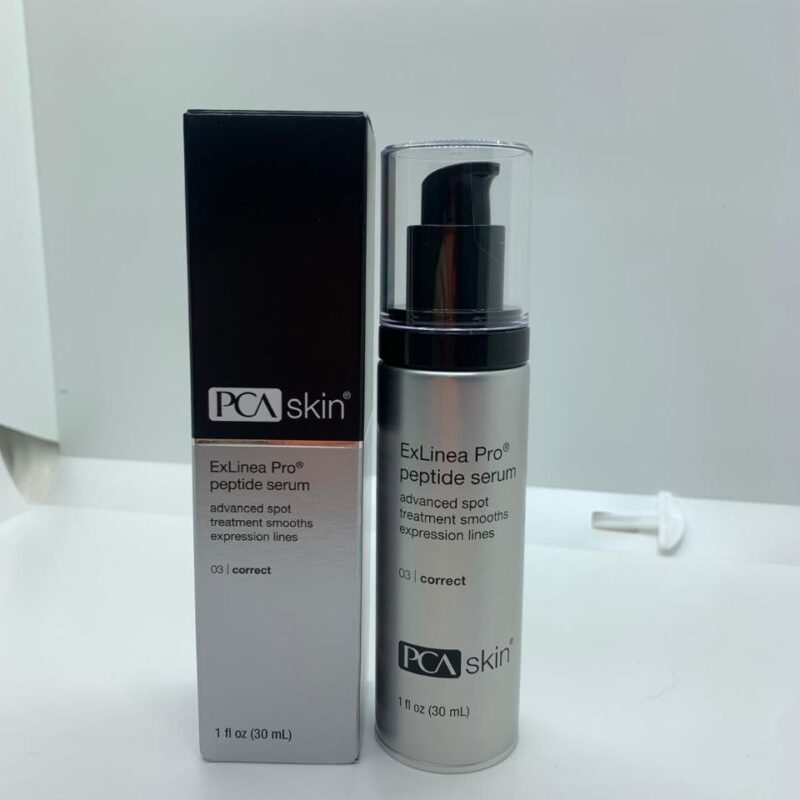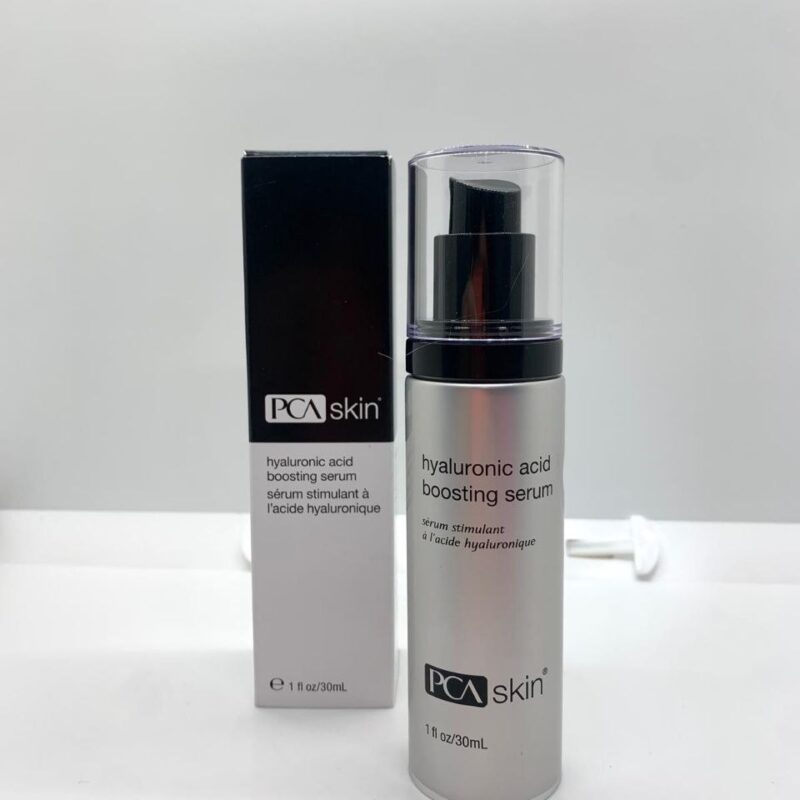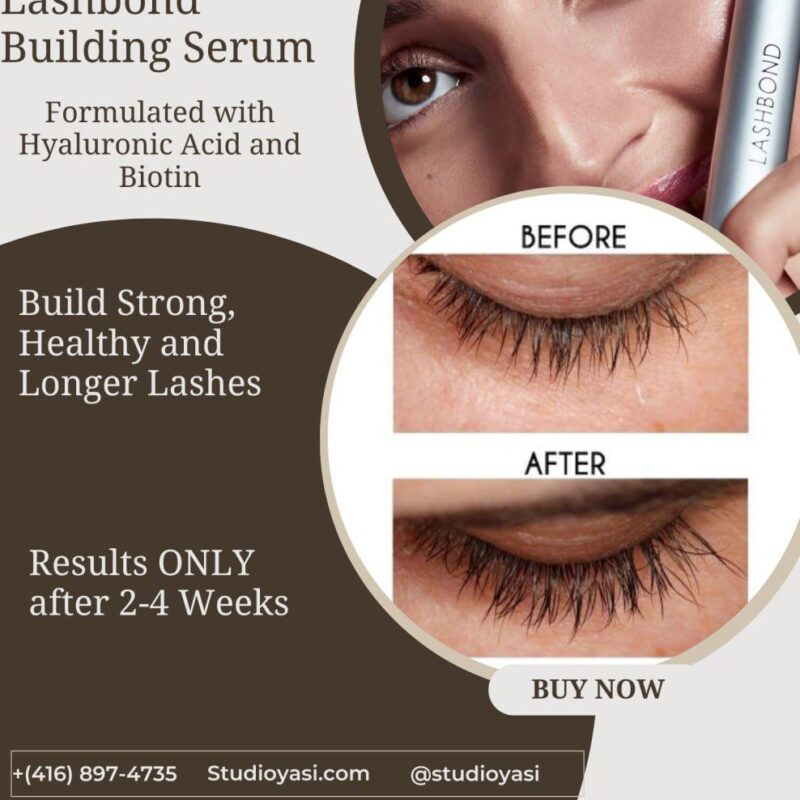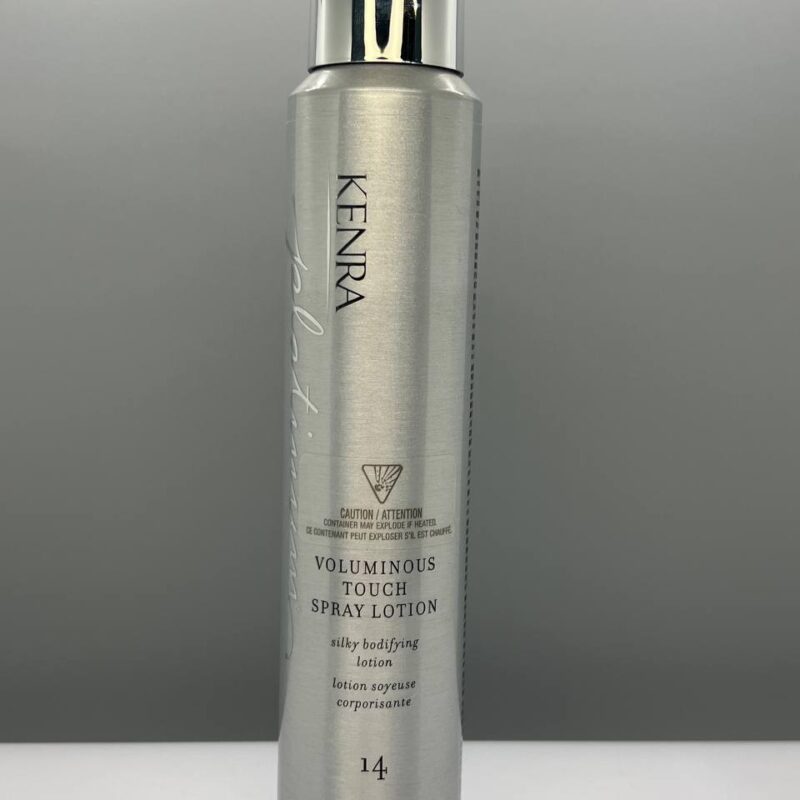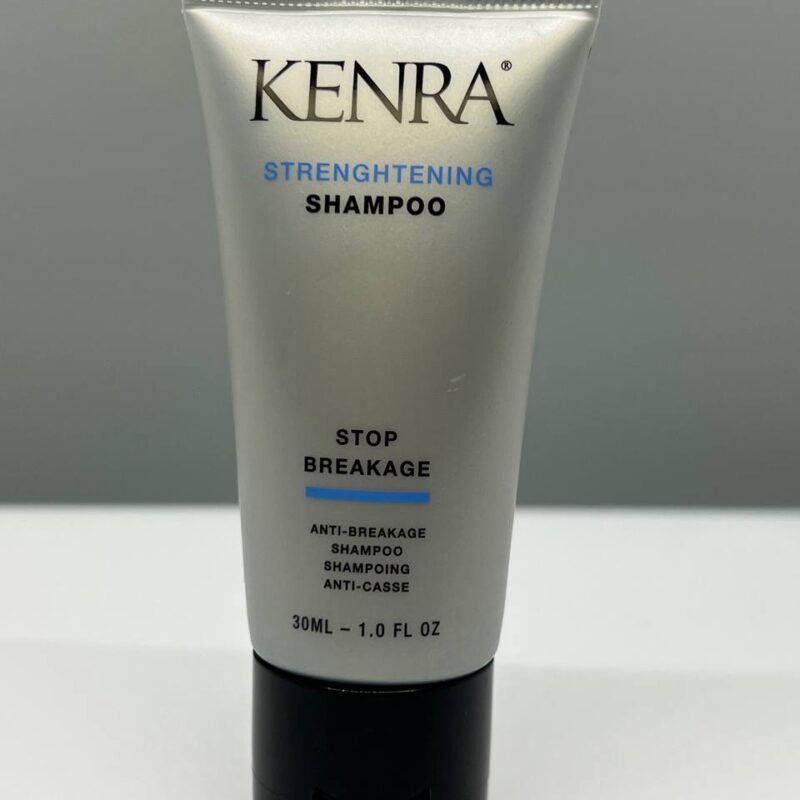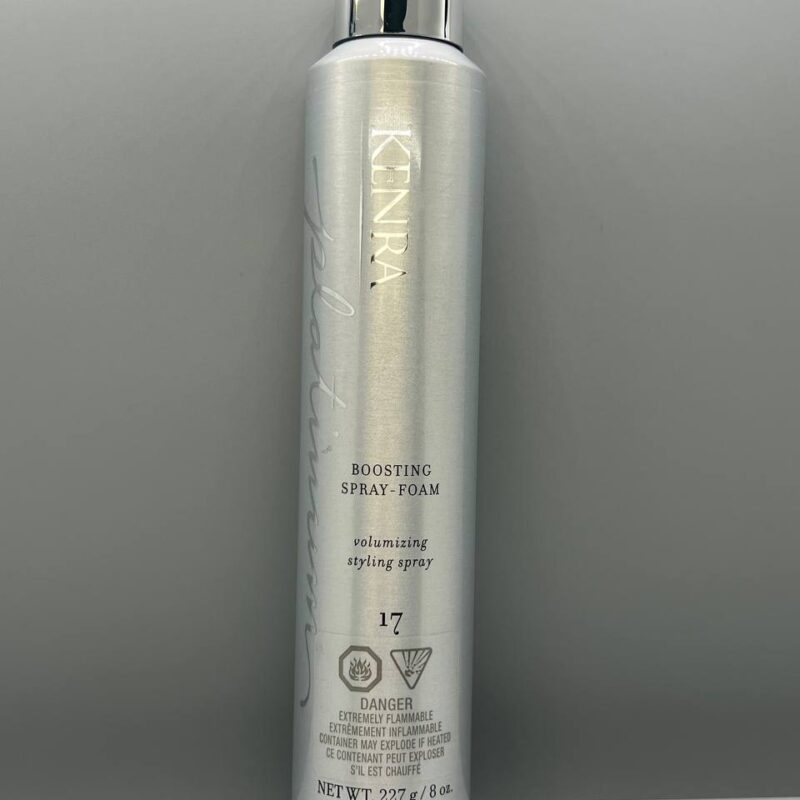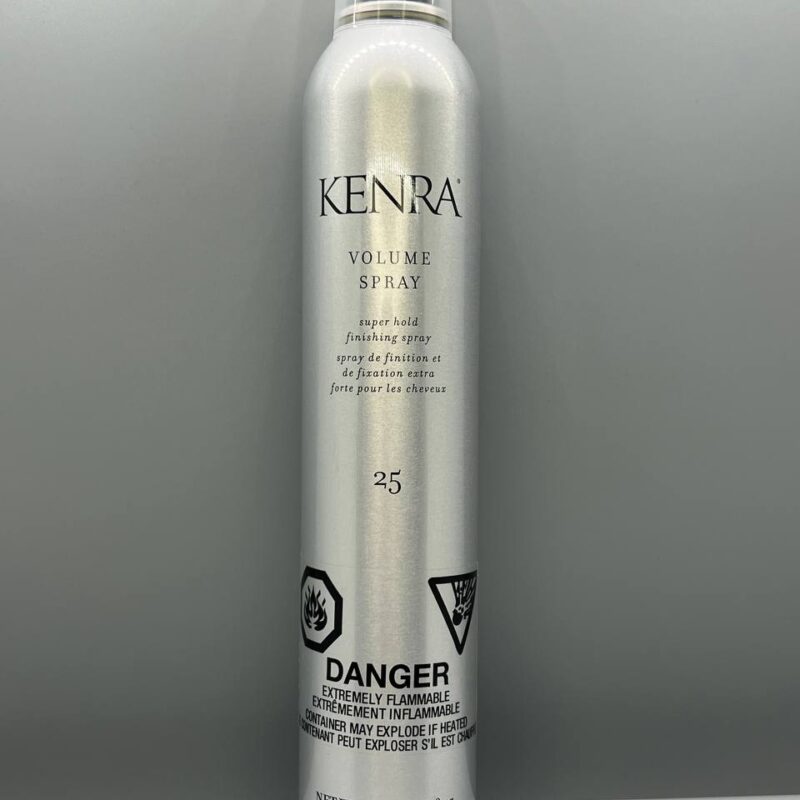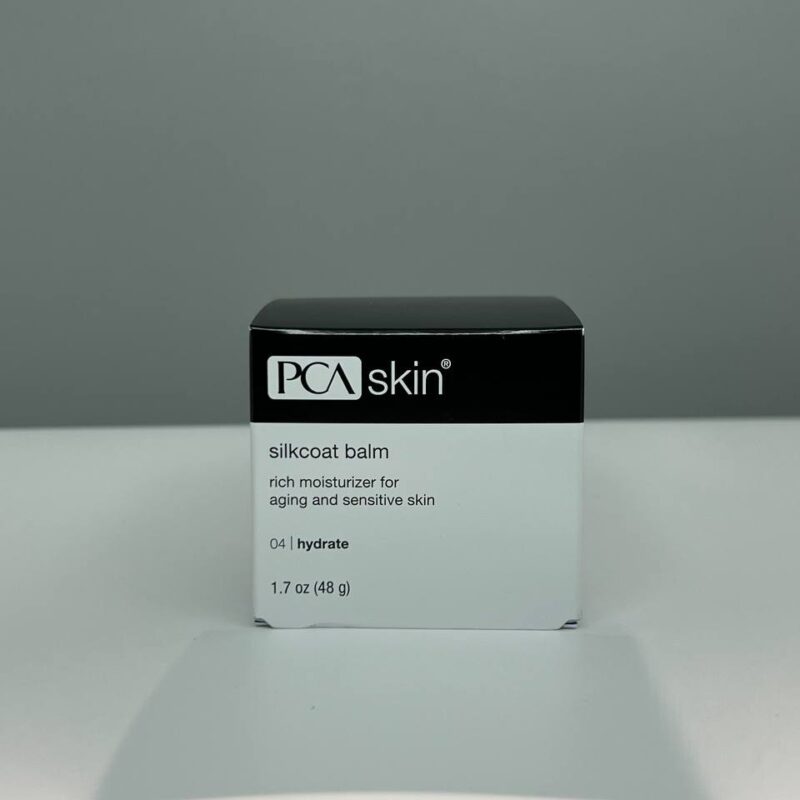A spray tan, also known as sunless tanning or self-tanning, is a cosmetic procedure where a solution containing active ingredients like dihydroxyacetone (DHA) is sprayed onto the skin to create a tan-like appearance without exposure to UV radiation. This method provides a temporary bronze or tan hue to the skin, typically lasting several days to a week, depending on factors such as skin type and maintenance. Spray tans are popular for achieving a sun-kissed look without the risks associated with prolonged sun exposure, and they’re commonly offered at salons or through at-home kits.
What is Spray Tan?
A spray tan is a form of self-tanning (or sunless tanning) where a fine mist containing dihydroxyacetone (DHA) is sprayed onto the body. DHA is a color additive that interacts with the proteins in the outermost layer of skin to produce a browning effect, mimicking a natural tan.
Introducing 10 of Summer 2024’s Hairstyle Trends
The spray tan solution is applied in an enclosed spray tanning booth or tent, or by using a handheld sprayer. The mist allows for an even, all-over application compared to tanning lotions or creams that are manually applied. Some key points about spray tanning:
- It produces a temporary tan that typically lasts 5-10 days before gradually fading as the top skin layer is shed.
- It provides a sun-kissed look without UV exposure from the sun or tanning beds.
- Professional spray tans apply a base color coat followed by bronzer for deeper color.
- Exfoliating and moisturizing before helps achieve an even fade.
- The DHA reacts cosmetically on the skin’s surface proteins, not chemically altering skin pigment.
- It is considered safer than UV tanning which increases skin cancer risk.
Spray tans have grown in popularity as a convenient way to get a tanned appearance without the health risks of excessive sun exposure.
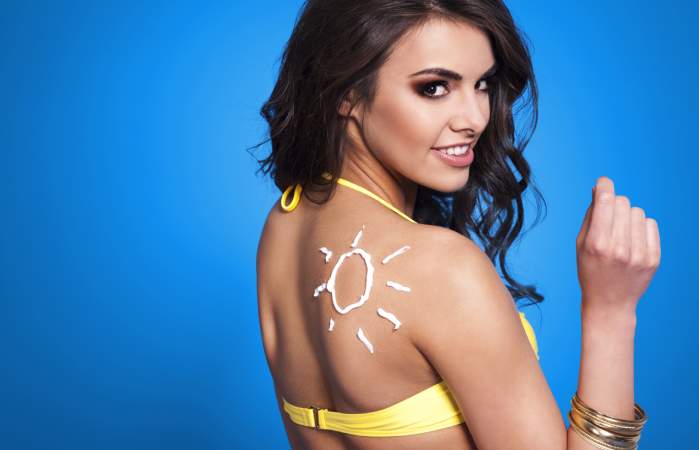
How does Spray Tan work?
A spray tan works by applying a mist containing the active ingredient dihydroxyacetone (DHA) to the skin. Here’s a more detailed explanation of the process:
- DHA is derived from plant sources like sugar beets or sugar cane. It is approved for external use by the FDA as a coloring agent.
- When the DHA mist contacts the outer layer of the skin (the stratum corneum), it begins to react with the amino acids in the proteins (keratin) of the skin cells.
- Through a process called Maillard reaction, the DHA causes a browning effect by chemically reacting with the keratin in a way similar to how sugars brown when heated.
- This reaction does not change the melanin levels in the skin but rather tints the proteins on the skin’s surface.
- The “tan” appears gradually over 4-6 hours after application as the browning reaction develops.
- The color deepens over 24 hours to the final tan shade based on how much DHA solution was applied.
- Since it only affects the dead keratinized cells on the outermost skin layer, the tan fades as these cells naturally slough off, usually within 5-10 days.
- Exfoliating and moisturizing can help the spray tan fade more evenly over time.
So in essence, spray tanning uses the browning effects of DHA on the skin’s proteins to mimic a UV-induced tan without the risks of radiation exposure.
laser hair removal vs electrolysis
Why a Spray Tan is better than a Self-Tanner?
There are several reasons why a spray tan is considered better than using self-tanning lotions or creams:
- Even application Spray tans provide a more even, streak-free color when applied by a professional in a tanning booth or tent. Self-tanners are harder to apply evenly, especially on the back and other hard-to-reach areas.
- Deeper, natural-looking color Spray tanning solutions tend to produce a deeper, richer color that looks more like a natural tan. Self-tanners can sometimes look orange or unnatural.
- Faster drying the misted solution dries quickly on the skin compared to creamy self-tanning lotions. This makes it more convenient and less messy.
- No transfer issues once a spray tan dries, there is little to no color transfer onto clothing or bedding, unlike some self-tanning products.
- Customizable shades at spray tan salons; you can choose your desired depth of tan shade. Self-tanners offer limited color options.
- Full body coverage it is easier to get full, uniform coverage with a spray application versus a self-tanning lotion you apply by hand.
- Longer-lasting results Professional spray tans tend to last a bit longer (7-10 days) compared to gradual self-tanners.
However, self-tanning lotions are generally more affordable and allow for more flexibility in application at home. However, for a flawless, natural-looking tan, most prefer the ease and results of a professional spray tan application.
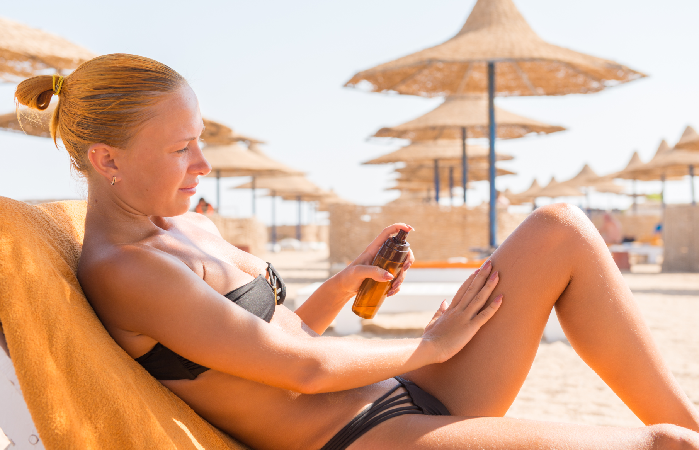
Types of massages and their benefits | Pick the right one
What can I expect during my first Spray Tan?
Here’s what you can typically expect during your first professional spray tan experience:
Before Your Appointment:
- Exfoliate your skin thoroughly 24 hours before to remove any dead skin cells. This allows for better DHA absorption.
- Avoid using any moisturizers, deodorants, or makeup before, as these can create a barrier.
- Wear loose, dark clothing and flip-flops to your appointment.
During The Spray Session:
- You’ll be asked to remove all clothing and jewelry and will be provided disposable undergarments to wear.
- You’ll step into the spray tan booth or tent, which is an enclosed space for the application.
- You may be instructed to hold certain poses to ensure even coverage in all areas.
- The spray tan technician will use a spray tan gun or automatic booth to apply the DHA solution in a fine mist.
- Try to keep your eyes closed and avoid inhaling the mist directly during spraying.
- The entire spray tan takes around 15-20 minutes.
After Being Sprayed:
- The tan will initially look very light or non-existent right after spraying.
- You’ll be asked not to shower, sweat excessively, or get wet for 6-8 hours to allow the DHA to fully develop.
- The color will gradually deepen over the next 24 hours to its final shade.
- Wear loose, dark clothing afterward to avoid any potential staining from residual bronzer.
12 Handy Tips to Get Strong and Healthy Nails, According to Nail Care Experts
You may experience a slightly odd smell initially from the DHA, but this should fade within a few hours after your tan has developed fully. The technician will guide extending extending the tan’s lifespan through proper moisturizing.
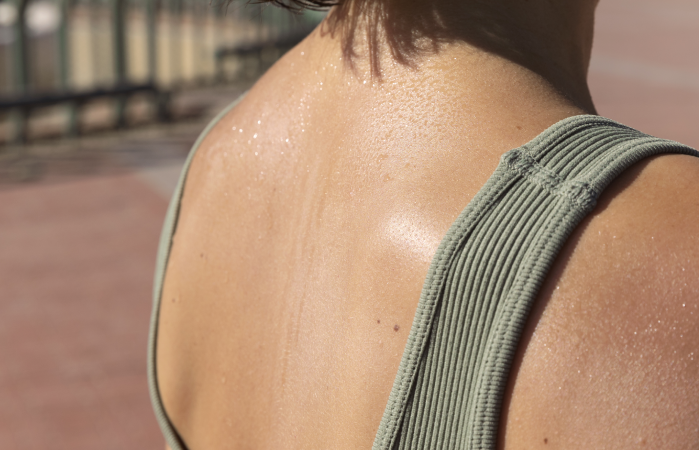
what is the difference between electrolysis and laser hair removal
Cons and Pros of Sprat Tan
Pros of Spray Tanning:
- Safe alternative to UV tanning beds or excessive sun exposure, reducing the risk of skin damage and skin cancer.
- Provides a natural-looking, even tan without streaks or missed spots.
- Offers a customizable level of tan depth, from a subtle glow to a deeper bronze.
- Results are typically long-lasting, with the tan fading gradually over 5-10 days.
- Convenient and quick application process, usually taking only 15-20 minutes.
- No need to expose your entire body to UV rays to achieve an all-over tan.
- The tanning solution is odorless and dries quickly on the skin.
Cons of Spray Tanning:
- Temporary results that will eventually fade, requiring repeat applications to maintain the tan.
- Potential for an unnatural or orange-tinted appearance if not applied properly.
- Initial odor during the tan development process, though it usually dissipates within a few hours.
- Risks of staining on clothing, sheets, or furniture if the tan is not fully dry.
- More expensive than self-tanning lotions or creams when done professionally.
- Possible allergic reactions to the DHA solution in some individuals.
- Need to prepare the skin through exfoliation and avoid certain products before application.
Overall, spray tanning is considered a safer and more controlled method of achieving a tanned look compared to UV tanning, but it does require some maintenance, preparation, and cost to keep up the desired tan level.
electrolysis white hair removal
What are the differences between women’s spray tans and men’s?
There are a few key differences between spray tanning for women and men:
Color Tones The spray tan solutions used for women often have a warmer, golden-brown base color to complement typical female skin tones. For men, the tanning formulas tend to provide a slightly darker, cooler tone for a more masculine bronzed look.
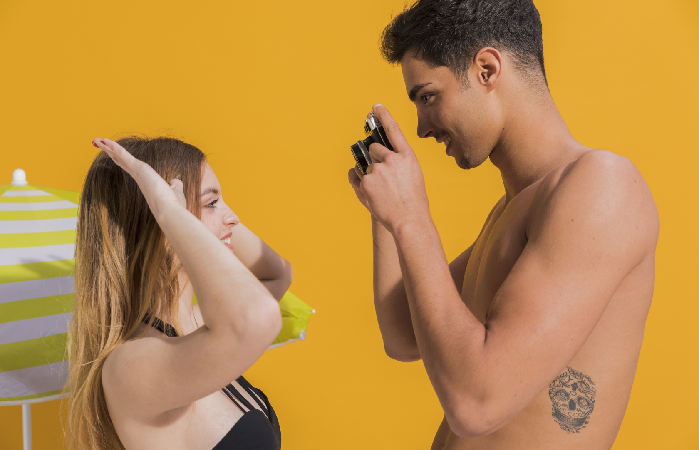
Application Technique
When spraying women, technicians focus on achieving an even full-body tan, paying close attention to the legs, arms, and chest area. For men, more emphasis is placed on the upper body – shoulders, arms, chest, and face to create a natural sun-kissed appearance.
Nail Care and Repair Methods | Discover the Best Nail Salon in Bradford, Canada
Contouring Some salons practice contouring techniques when spray tanning women by applying extra coats on areas like the shoulders, collarbones, and shins to enhance definition and a slimmer appearance. This is less common for male clients.
Coverage Areas Men may request the use of barrier creams or production techniques to avoid tanning the groin area or creating harsh tan lines. Women more often aim for an allover tan without barriers.
What is the most healthy diet for glowing skin?
Aftercare
The aftercare advice sometimes varies, with men recommended to use fragrance-free moisturizers to prevent clashing with the tan scent, while women may use tan-extending products.
Concerns Women may have concerns about tan lines from lingerie or swimsuits, while men prioritize an even fade on areas like the hands, feet, and hairline.
However, the best salons customize the spray tanning experience for each client regardless of gender, focusing on their desired final look through technique and solution selection. Clear communication with your technician is key.
Some tips about Spray Tan
Here are some helpful tips for getting and maintaining a great spray tan:
Before Your Appointment:
- Exfoliate your entire body 24 hours before removing dead skin cells. This allows for better DHA absorption.
- Shave or wax at least 24 hours before your tan to avoid irritation.
Modern techniques in waxing and sugaring
- Avoid using any moisturizers, deodorants, makeup, or products with SPF before getting sprayed.
- Wear loose, dark clothing and flip-flops to your appointment.
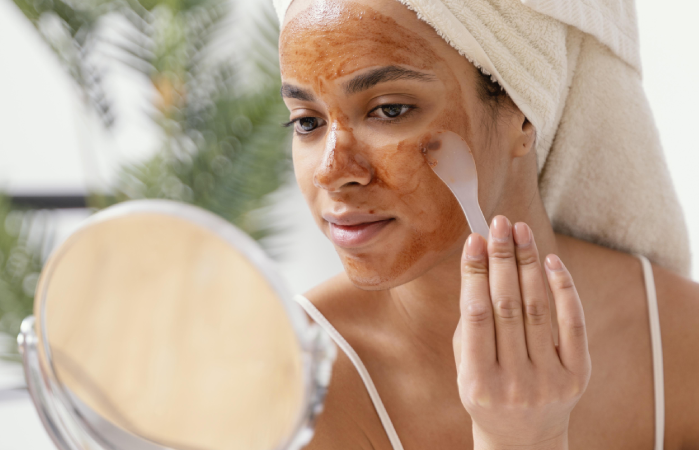
During The Session:
- Listen carefully to the technician’s instructions on posing and breathing.
- Hold your breath briefly when they spray near your face to avoid inhaling the mist.
- Ask the tech to go over any areas you want extra contouring or highlighting.
After You’re Sprayed:
- Wait at least 6-8 hours before showering to allow the tan to fully develop.
- Wear loose, dark clothing after being sprayed to avoid staining from bronzer.
- Moisturize daily with an extender or tan-specific lotion to prolong results.
- Gently exfoliate every few days to prevent patchiness as the tan fades.
- Avoid chlorine, salt water, and excessive sweating which can cause premature fading.
Maintaining Your Tan:
- Get touchups every 5-10 days before your tan completely fades.
- Use tan towels or dark sheets on your bed to avoid staining.
- Apply tan extender products after showering to revive the color.
- Stay hydrated and eat foods
Be patient as your first spray tan develops over 24 hours. Proper prep, aftercare, and periodic touch-ups will ensure you maintain a natural-looking glow.
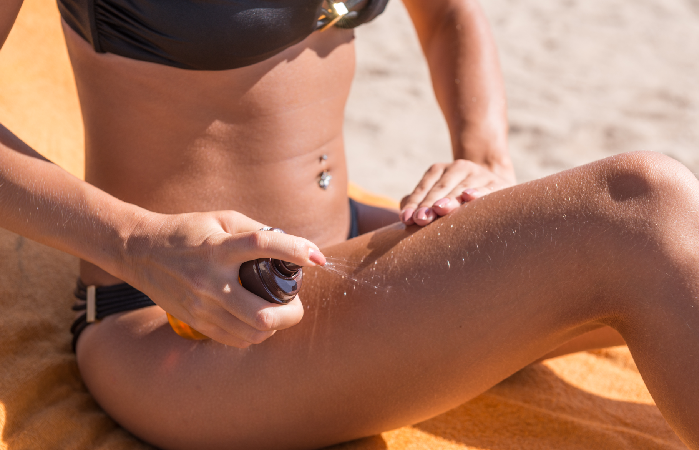
Secrets to growing healthy and strong hair
Book your Spray Tan session in Bradford, Canada from StudioYasi
At Studio Yasi, you can expect a professional and convenient spray tanning experience. Here are a few reasons to choose them for your sunless tanning needs:
- Experienced Technicians: Studio Yasi’s trained spray tan technicians know how to apply the tanning solution evenly for a natural-looking, streak-free bronze glow.
- Premium Products: They use high quality, salon-grade spray tan formulas that provide a long-lasting, beautiful tan without any orange or artificial tones.
- Customized Shades: You can customize your desired level of tan shade, from a subtle glow to a deep, sun-kissed look based on your preferences.
- Private Tanning Room: Feel comfortable in their private and hygienic spray tan rooms or tents for your all-over body application.
- Convenient Location: As a local salon in Bradford, Studio Yasi offers a convenient option for residents to get professional tanning services.
- Reasonable Pricing: Their spray tan prices are competitive and more affordable than ongoing tanning bed sessions or self-tanning product purchases.
The best way to book your spray tan at Studio Yasi would be to visit their website or give them a call during business hours to inquire about scheduling an appointment time that works for you. Their staff can guide you through the process and ensure you get the glowing results you desire!

Conclusion
In conclusion, spray tanning offers a convenient and safe alternative to traditional sunbathing for achieving a bronzed complexion. This method provides a temporary tan without exposure to harmful UV rays, reducing the risk of sunburn and skin damage. Whether obtained at a salon or through at-home kits, spray tans offer individuals the opportunity to achieve a sun-kissed glow year-round, with results lasting several days to a week.
FAQs
A professional spray tan typically lasts 5-10 days before it starts to fade gradually. Proper aftercare like moisturizing can help extend the tan’s longevity.
Yes, spray tanning is considered a safe alternative to UV tanning beds or excessive sun exposure. The FDA has approved the active ingredient (DHA) for external use.
No, a spray tan does not contain any sunscreen or protection from UV rays. You still need to apply sunscreen when going outdoors.
Most salons recommend waiting at least 6-8 hours before showering to allow the spray tan to fully develop and set.
Chlorine and salt water can cause a spray tan to fade faster. It is best to wait at least 8 hours after application before any water exposure.
Exfoliating, shaving, and avoiding lotions/deodorants before your appointment helps the spray tan absorb evenly.
Quality spray tan solutions are formulated to provide natural, golden-bronze tones rather than an orange or fake-baked look when applied properly.
There can be a slightly sweet or nutty smell initially after application from the DHA, but it is temporary and fades within a few hours.
Using a tan-extending moisturizer is recommended to prolong the life of your spray tan. Regular lotions are fine after the first 8 hours.
Most people get touchups every 1-2 weeks as their tan starts to fade significantly to maintain an even, bronzed glow.

